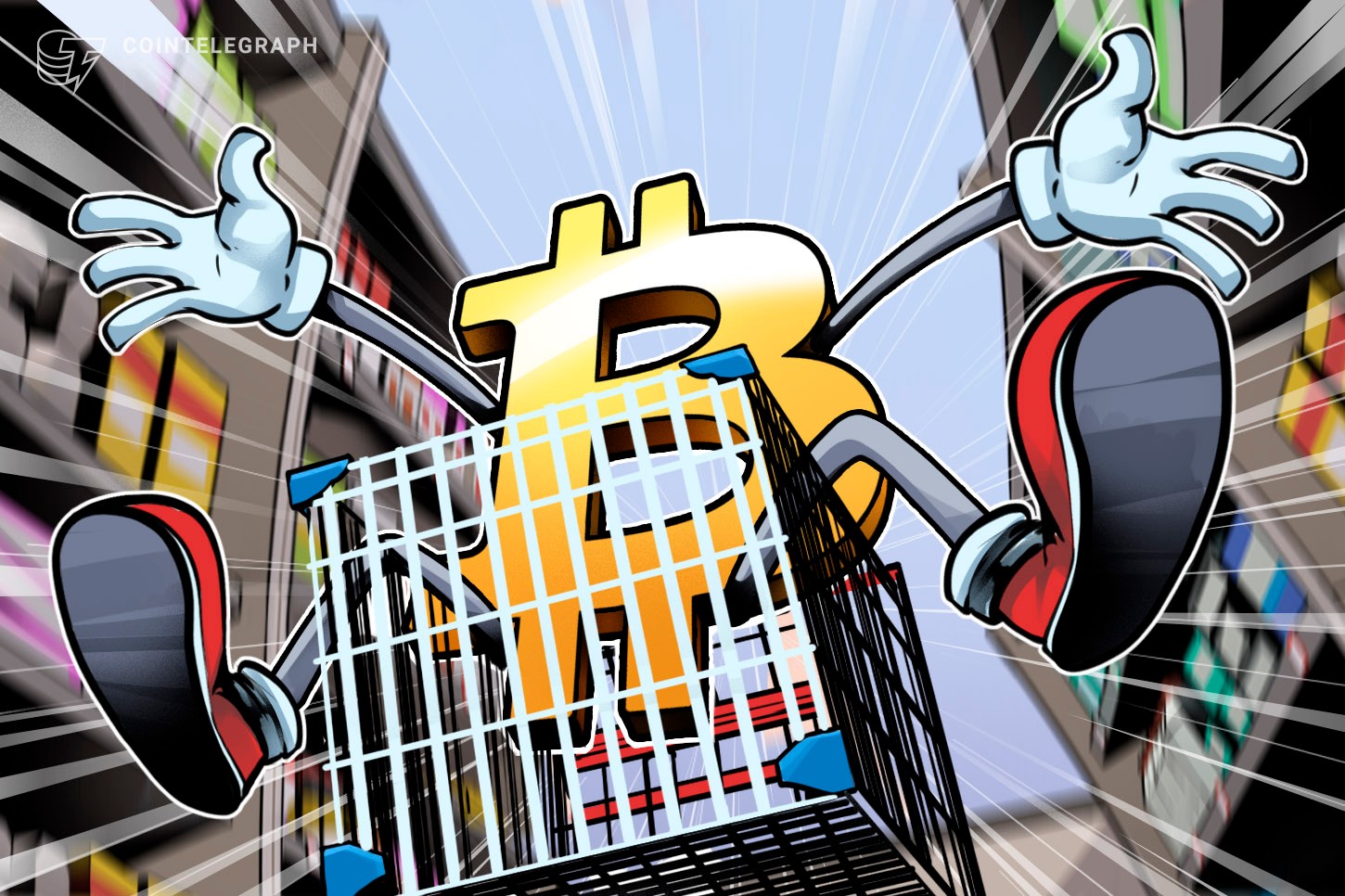As of March 22, the United States Federal Reserve’s balance sheet has surged by nearly $94.5 billion — a $297 billion increase from the last week when the banking crisis started.
New QE hopes boost Bitcoin’s price
Overall, the U.S. central bank’s liabilities have increased by $393 billion in the last two weeks to $8.734 trillion. That is closer to the all-time high of $8.95 trillion a year ago when the Fed started its quantitative tightening program and reduced its assets by $600 billion.

The Fed released the data on March 23, coinciding with Bitcoin’s (BTC) price rallying 5.5% toward $29,000. The rise occurred amid speculations that the Fed’s expanding balance sheet results from quantitative easing (QE).

But the Fed did not use new dollar reserves to purchase long-term Treasurys. Instead, the central bank dropped its U.S. Treasury holdings by $3.5 billion to $7.937 trillion, suggesting that quantitative tightening is still in place to curb inflation.
On the other hand, the Fed’s balance sheet grew because it dispatched short-term loans to the ailing banking sector.
Notably, as of March 22, the Fed slashed the usage of its “discount window,” which helps commercial banks manage short-term liquidity needs, by $42 billion. Instead, it allocated the same $42 billion to its brand new Bank Term Funding Program (BTFP).

The other $60 billion went to the Fed’s swaps facility that provides liquidity to offshore banks.

The Fed’s tightening policy and lending facilities to regional and offshore banks risk drying up cash liquidity. This may boost the dollar’s valuation versus other top foreign currencies, which, in turn, could push Bitcoin’s price lower in the short term.
Interestingly, the U.S. dollar index has gained 1.5% since the Fed’s balance sheet update.

Has the banking crisis peaked?
The ongoing credit crisis may not have peaked, despite Fed’s $393 billion emergency lending to banks, if one considers Janet Yellen’s blurred outlook on depositors’ insurance.
On March 21, the U.S. Treasury Secretary confirmed protecting uninsured depositors over $250,000 “if smaller institutions suffer deposit runs” such as those witnessed with Silicon Valley Bank and Signature Bank.
But Yellen did a U-turn the next day in her statements to the Senate, saying she had not considered “blanket insurance or guarantees of deposits.” Bank stocks tanked in response to her statement, resulting in another U-turn.

Yellen then told the House on March 23 that the authorities “would be prepared to take additional actions if warranted.”
Janet Yellen is too old, incompetent or a liar.
— The Wolf Of All Streets (@scottmelker) March 23, 2023
Choose your poison. https://t.co/Vy8CJZm2x1
In any case, the market will need to wait for the balance sheet data next week to determine whether or not the Fed’s liabilities are declining.
But if these emergency lending facilities keep rising after more bank collapses, then QE will be inevitable, similar to what happened after the 2008 global financial crisis.
“The return of (stealth) QE via the BTFP and opening of daily Swap Lines with friendly foreign Central Banks clearly signals that sovereign debt will be monetized and currencies will be further debased. The endgame is now undeniable.” https://t.co/s5enNAJCZi
— Balaji (@balajis) March 24, 2023
BTC price technicals hint at $40,000
An expanding balance sheet — with or without QE — has proven bullish for Bitcoin in the past. This correlation will continue if the banking crisis deepens, according to Stack Hodler, the author of the crypto-focused Stack Macro newsletter.

"BTFP, Swap Lines, TPI - It's All QE," the analyst noted, adding:
“It all leads to balance sheet expansion and fiat currency dilution despite plenty of Central Bank fans that will tell you otherwise.”
From a technical perspective, Bitcoin price is well positioned for a run up to $40,000 by June, or 50% higher than today’s price.

As illustrated above, the upside target originates from Bitcoin’s inverse head-and-shoulders breakout setup on the weekly chart.
This article does not contain investment advice or recommendations. Every investment and trading move involves risk, and readers should conduct their own research when making a decision.
This article does not contain investment advice or recommendations. Every investment and trading move involves risk, and readers should conduct their own research when making a decision. While we strive to provide accurate and timely information, Cointelegraph does not guarantee the accuracy, completeness, or reliability of any information in this article. This article may contain forward-looking statements that are subject to risks and uncertainties. Cointelegraph will not be liable for any loss or damage arising from your reliance on this information.


